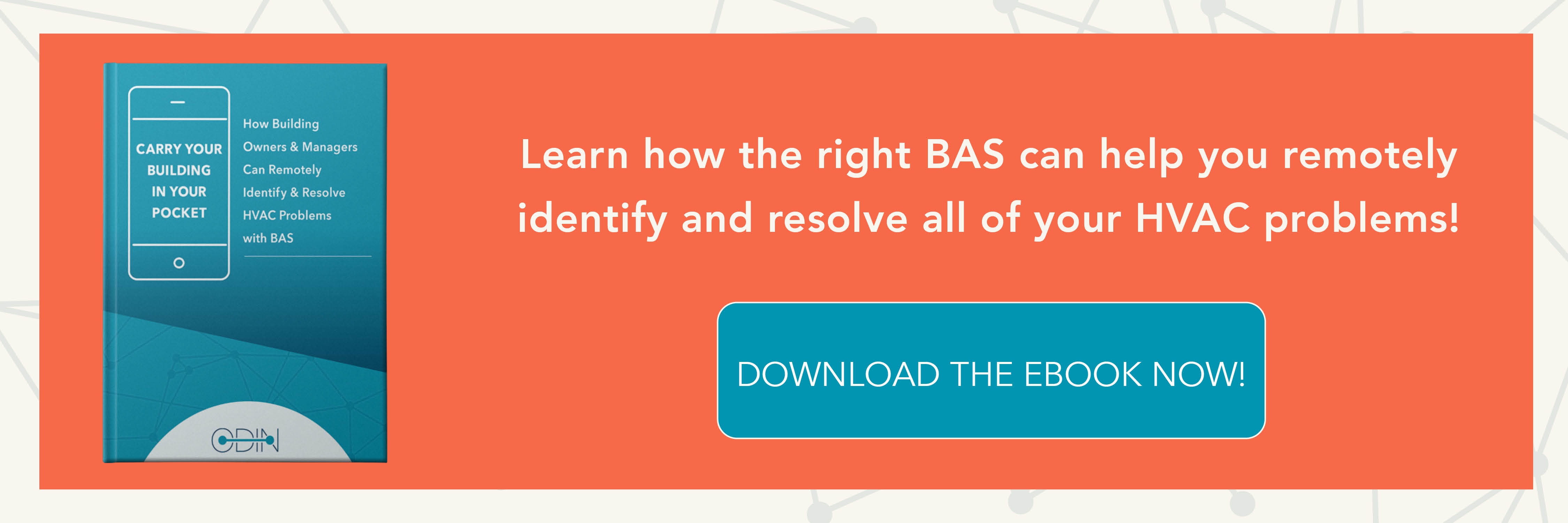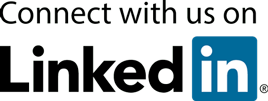
2020 has been an interesting year for everyone. Whether it’s employees working from home, managers adjusting to an exclusively remote workforce, or building owners suddenly faced with near-empty facilities, 2020 has required everyone to learn to adapt to a new normal.
But as the country moves toward reopening, building owners and managers are putting plans in motion to welcome their occupants back safely. In many cases, this means revamping their HVAC monitoring systems and strategies to ensure that the building’s internal air conditioning and filtration keep everyone safe and healthy.
With that in mind, let’s explore three of the most significant reasons that being able to monitor your HVAC systems remotely is more important than ever before.
To Set Up an HVAC Quality Control Plan
According to David Holt, director of business training and coaching at National Comfort Institute Inc. (NCI), “Having a quality control process that is measurable and repeatable is the only way to guarantee the performance of the systems you install” inside your building. Having an HVAC quality control plan is crucial in normal circumstances, but in the wake of COVID-19, ensuring that your HVAC systems are operating at nothing less than peak efficiency is absolutely essential.
With a remote HVAC monitoring system or strategy in place, you can keep tabs on how your HVAC systems are performing, address any issues that arise, and keep efficiency at optimal levels. “If you don’t measure the performance on every installation to confirm it is working as the manufacturer intended, then you are simply guessing,” Holt says. And as occupants return to your building, they’re going to need you to go above and beyond mere guessing.
Once you’ve developed and launched an HVAC quality control plan, and made sure your building and HVAC engineers are on board with that plan, you’ll need to monitor it to guarantee success. That’s where remote HVAC monitoring sensors come into play, as they’ll allow you to keep tabs on the quality of your HVAC performance from anywhere you are.
To Maintain the Optimal Level of HVAC Efficiency
While an HVAC quality control plan will let you assess how efficient your internal air quality is, it won’t ensure that the air quality is at the level you want it to be. To accomplish this, you need to have the tools and resources necessary to take the data your HVAC systems give you and put it to good use.
Once again, this is where remote HVAC monitoring can be the solution you need. With a cloud-based building management system, you can remotely monitor your HVAC performance, identify areas where the quality is lacking, and then seamlessly share that information with the relevant technicians or engineers who will go and address the source of the issue.
According to ACHRNews, “60 percent of HVAC systems are operating below the manufacturer's specifications.” Not only does that mean your building will consume more energy (and money), but it also means that those systems aren’t doing the kind of work they can (and should) be doing. A remote HVAC monitoring system will help you make sure your systems aren’t a part of that 60%.
To Monitor and Improve Indoor Air Quality
When it comes down to it, the ultimate goal of maintaining an optimal level of HVAC efficiency is to improve indoor air quality for your building occupants. If you don’t already have an extensive HVAC monitoring system in play, here are a few reasons to start, as listed by the EPA:
- It helps you assess the extent of pollution in the air.
- It supports the development and implementation of your HVAC quality control plan.
- It evaluates the effectiveness of your emission control strategies.
- It provides you with information on any HVAC trends your building is exhibiting.
- It makes it easy to diagnose any areas where your HVAC systems need improvement.
- It supports research (e.g., long-term studies of the health effects of air pollution), which will inevitably help you continue to improve indoor air quality.
The population is more aware of the air they’re breathing in (and the potential germs that air carries) than they’re used to, so you must reassure them that your building is only producing the highest quality air.
And if there is a problem with your air quality, you can send occupants home and use your remote HVAC monitoring system to pinpoint the cause of the problem and spearhead a quick solution. That’s the power of a cloud-based HVAC and BAS like ODIN. If you’re looking for a way to remotely and seamlessly manage your building’s HVAC systems, get in touch with us today to see firsthand how ODIN can help you make remote HVAC monitoring a staple in your facility.








